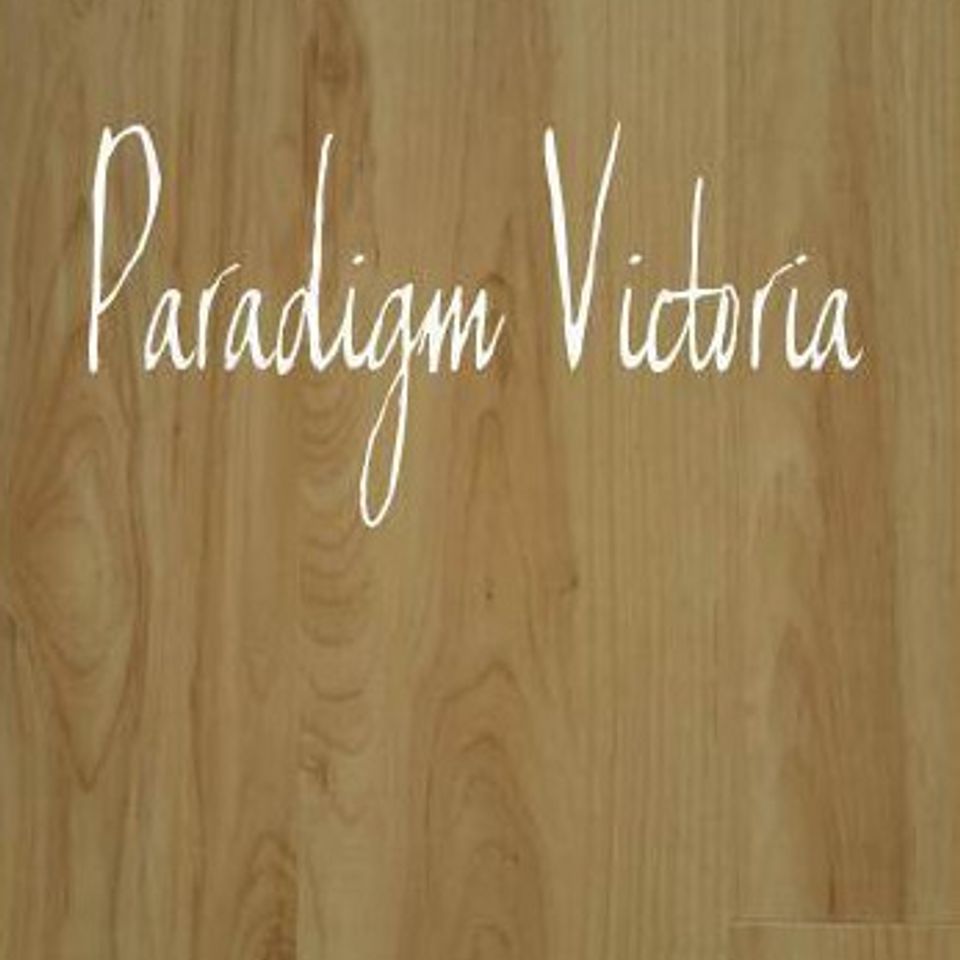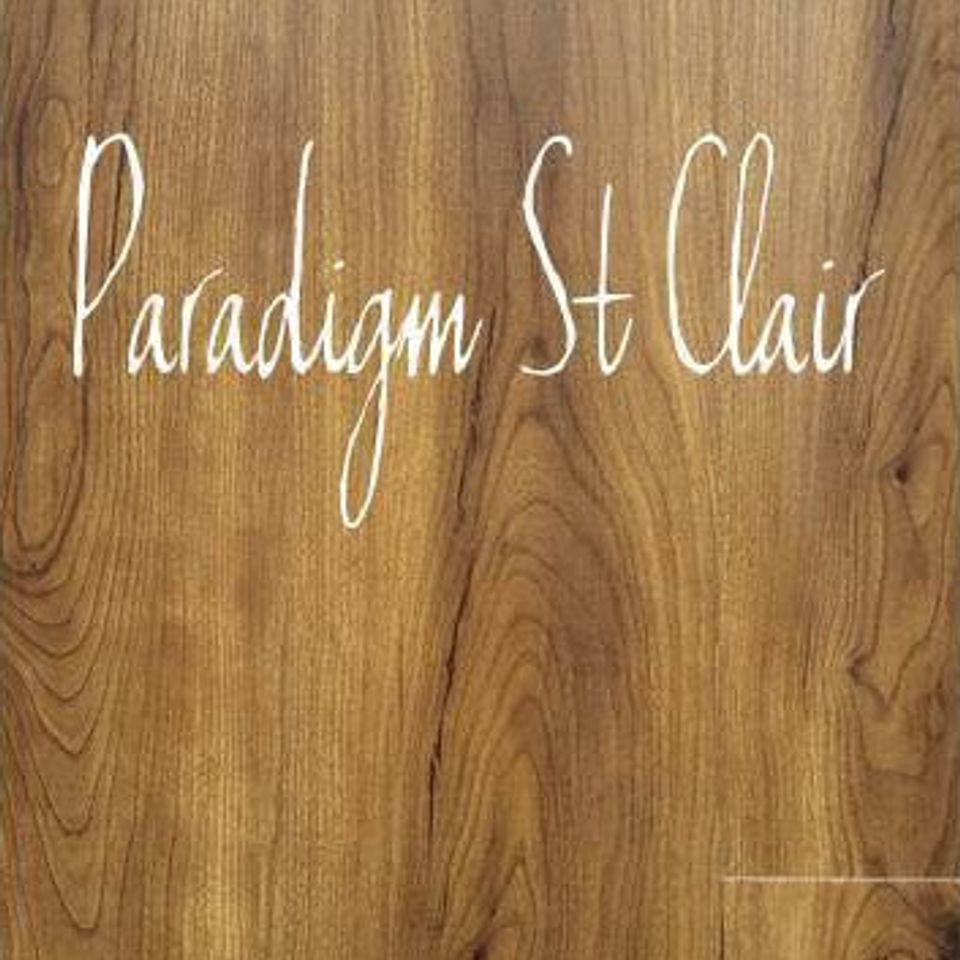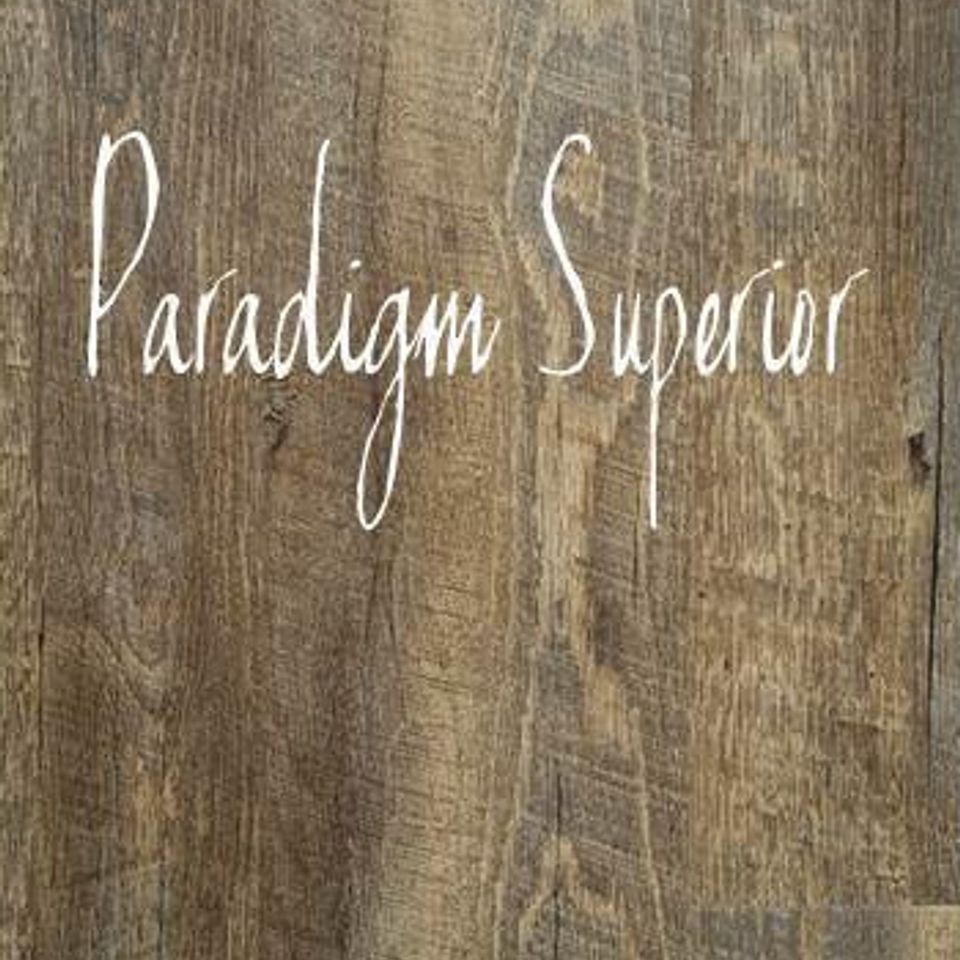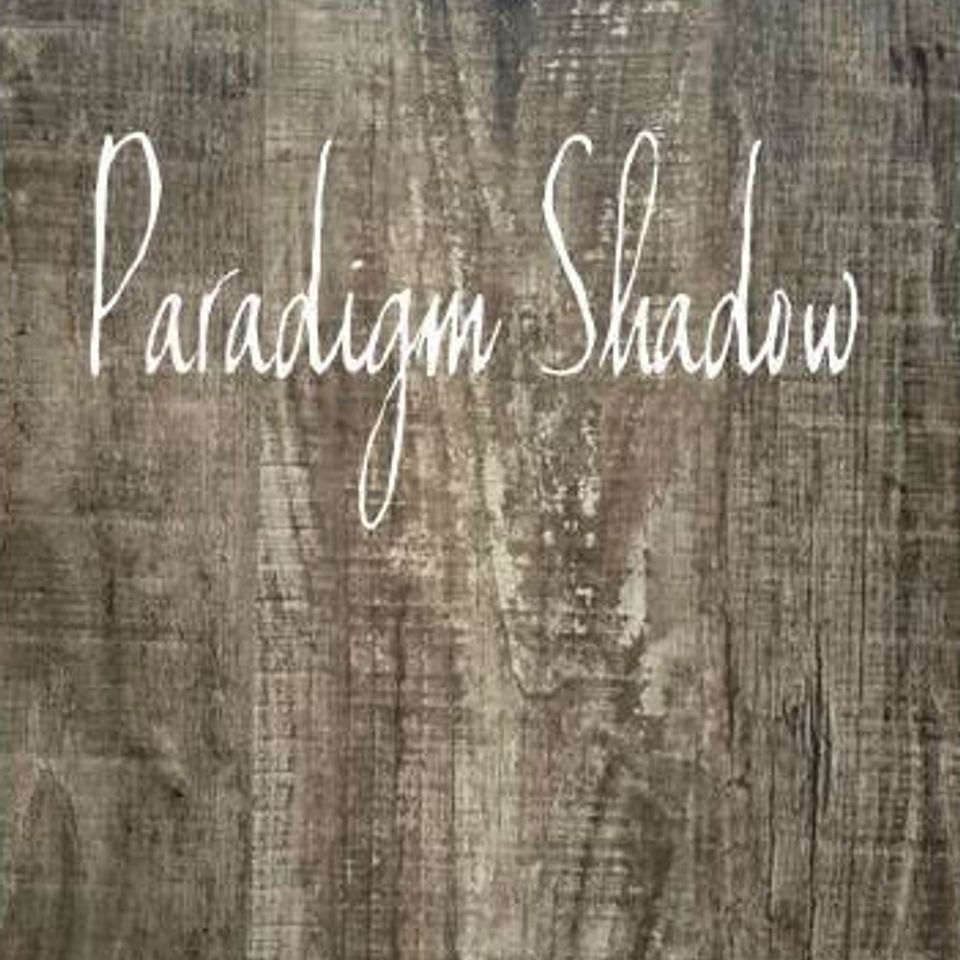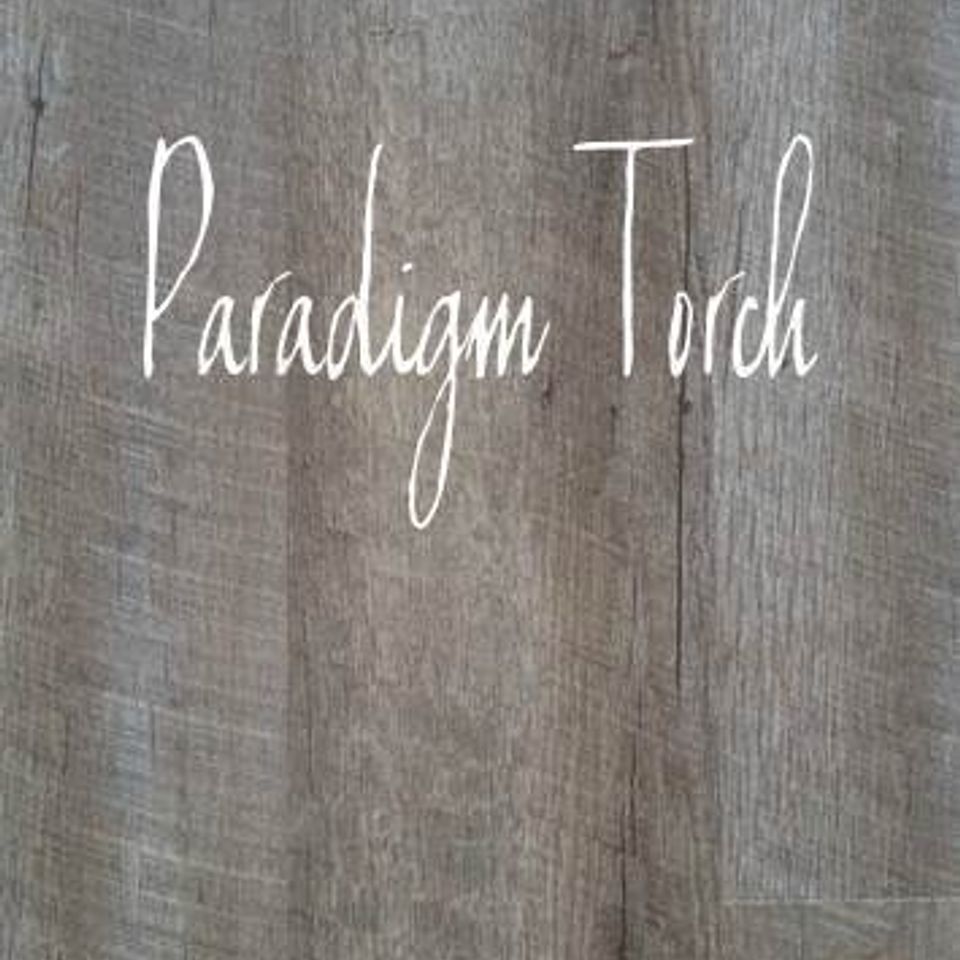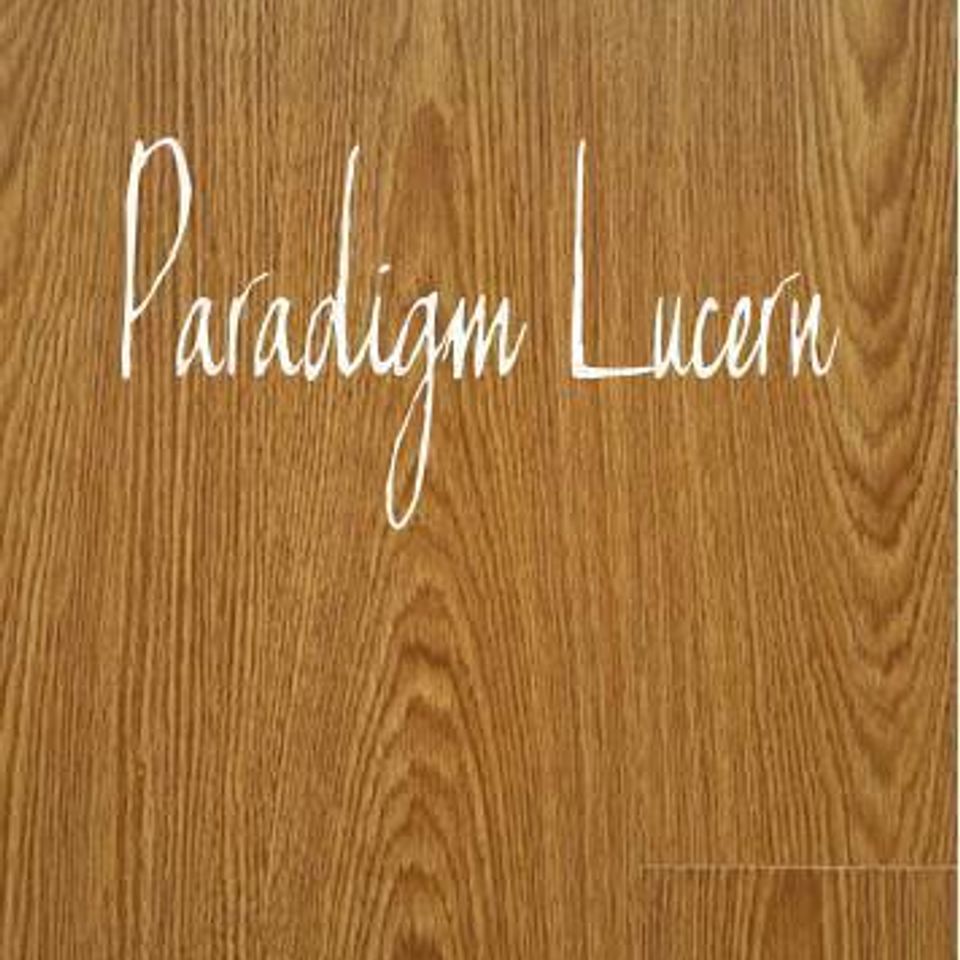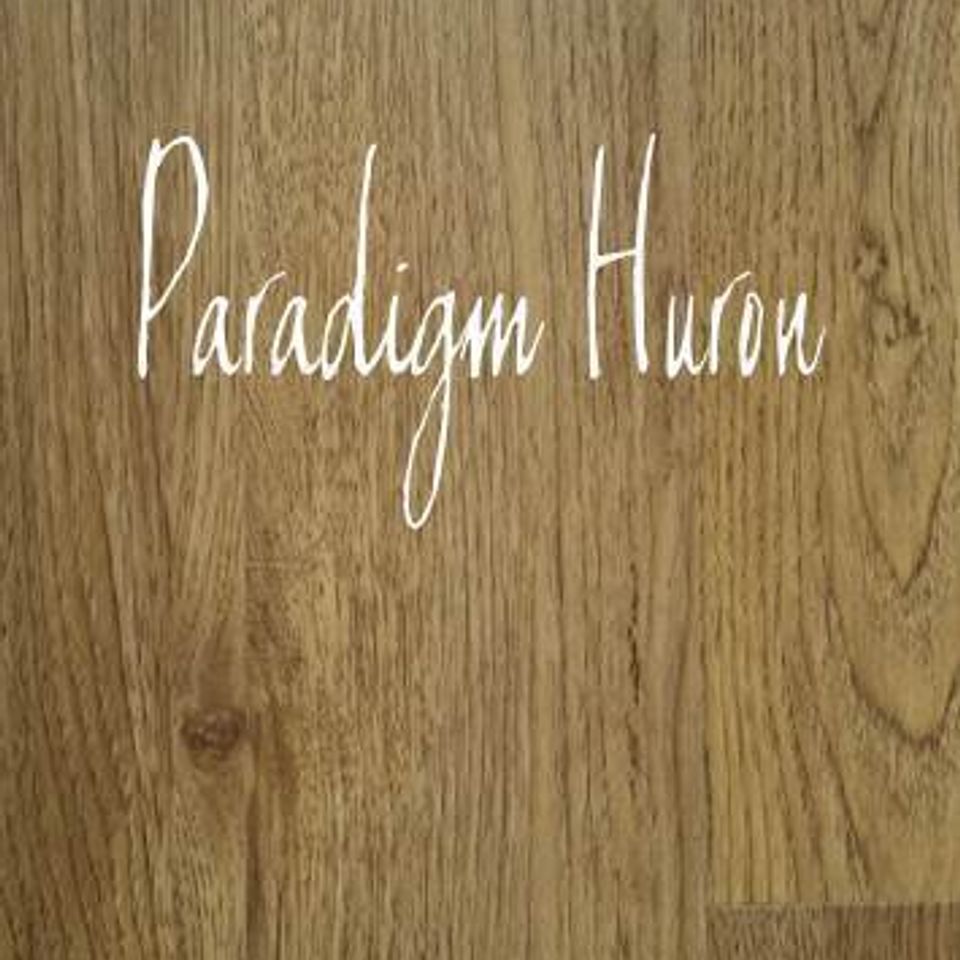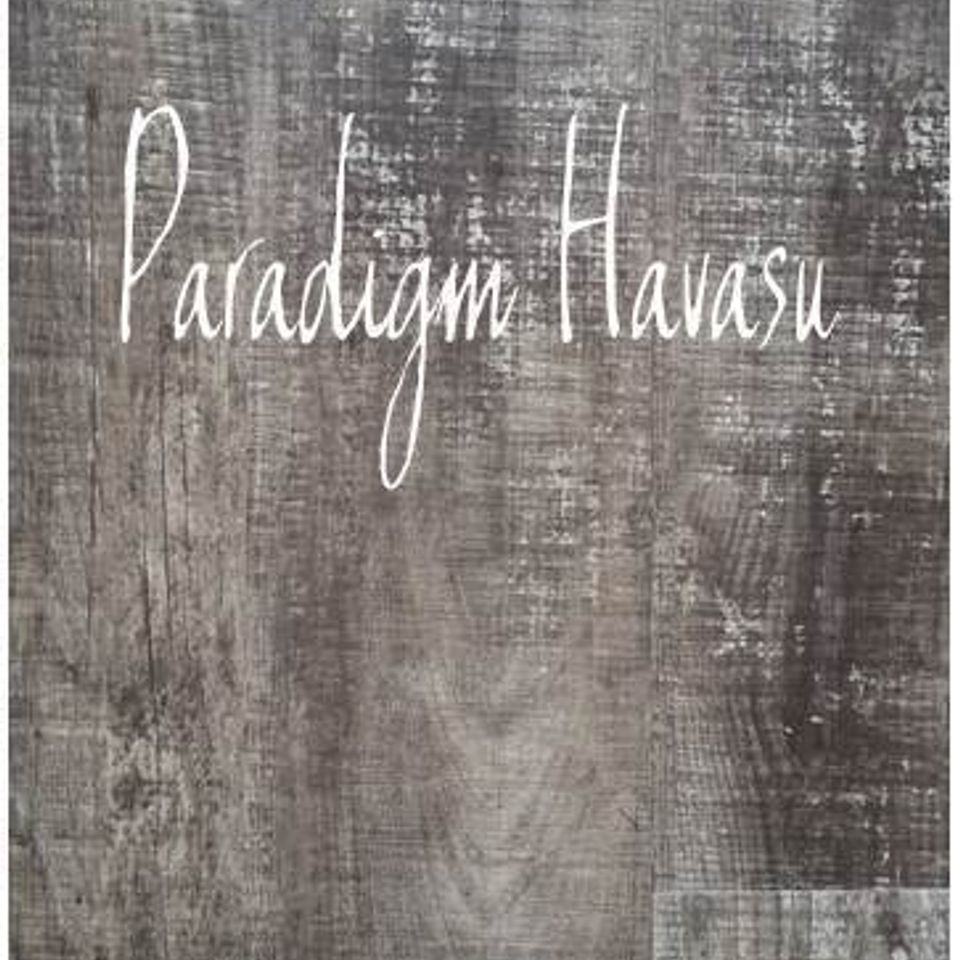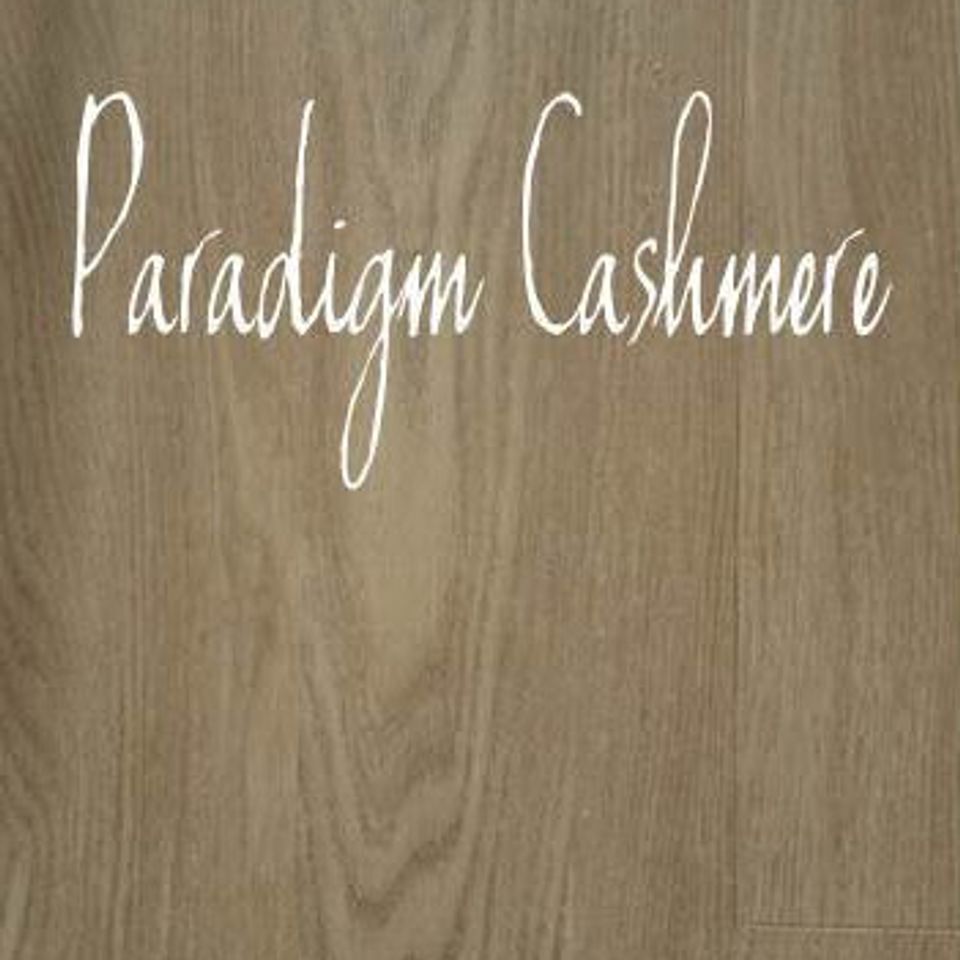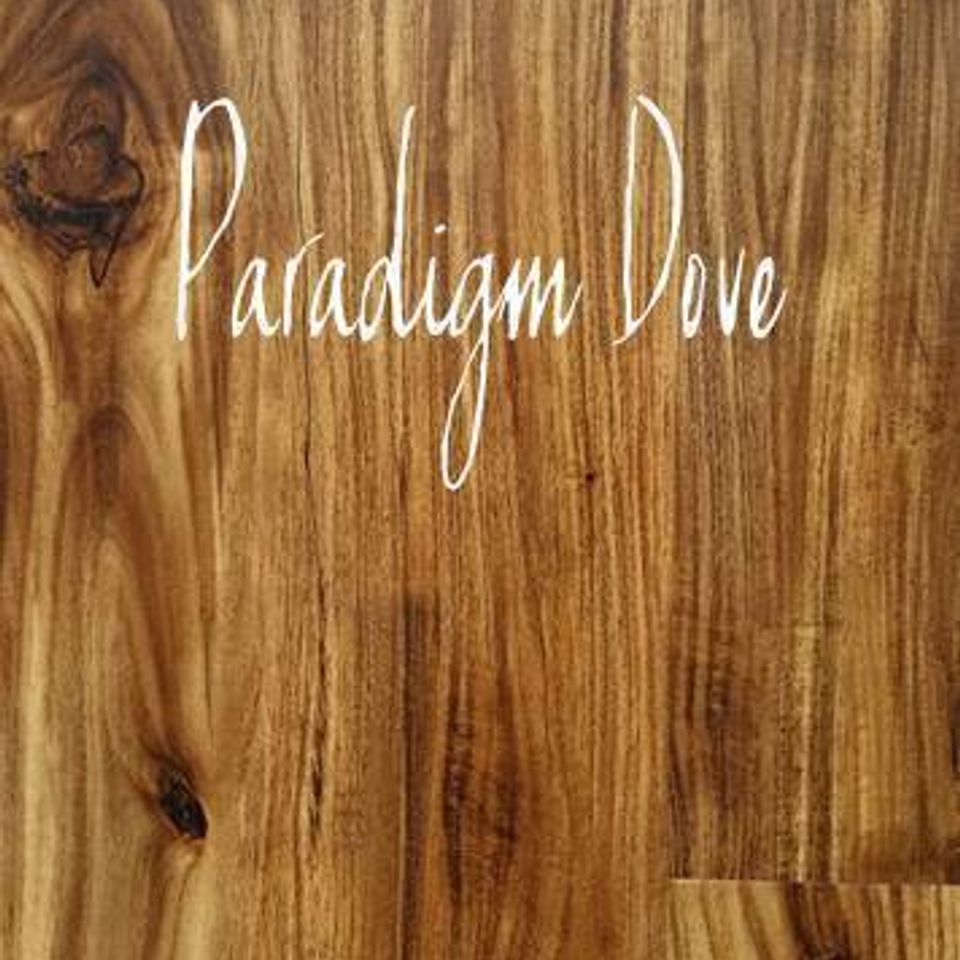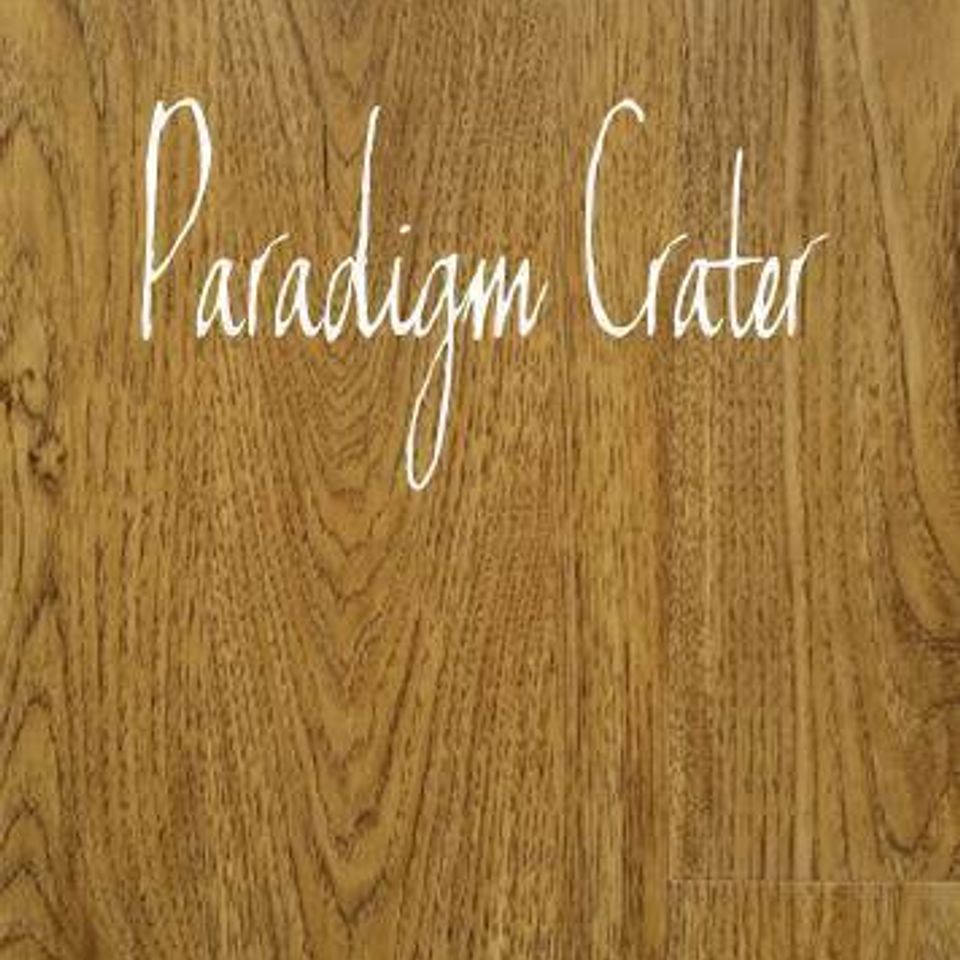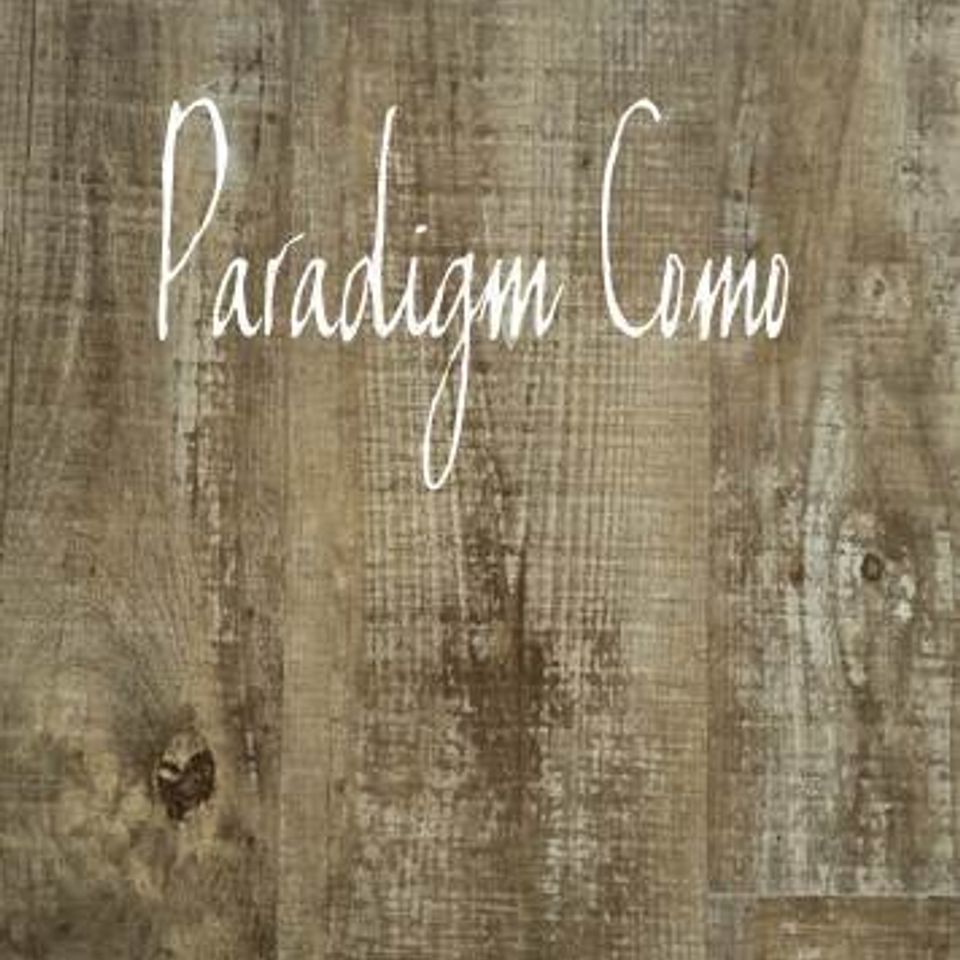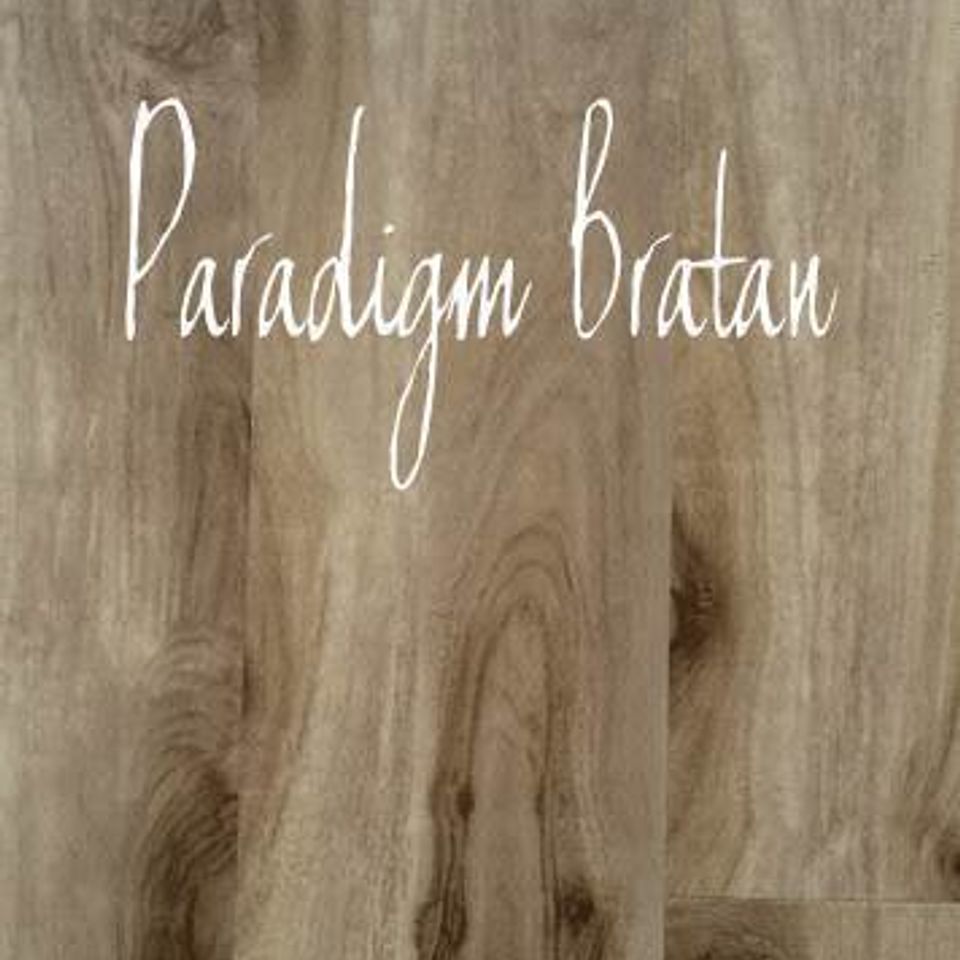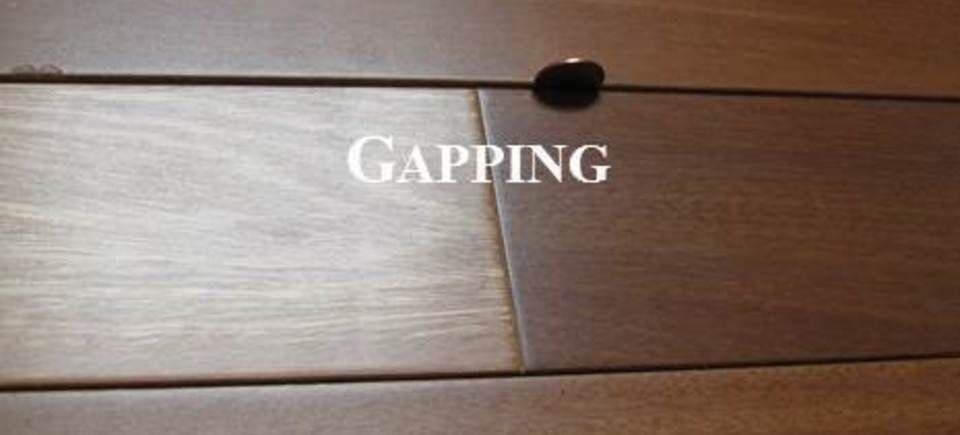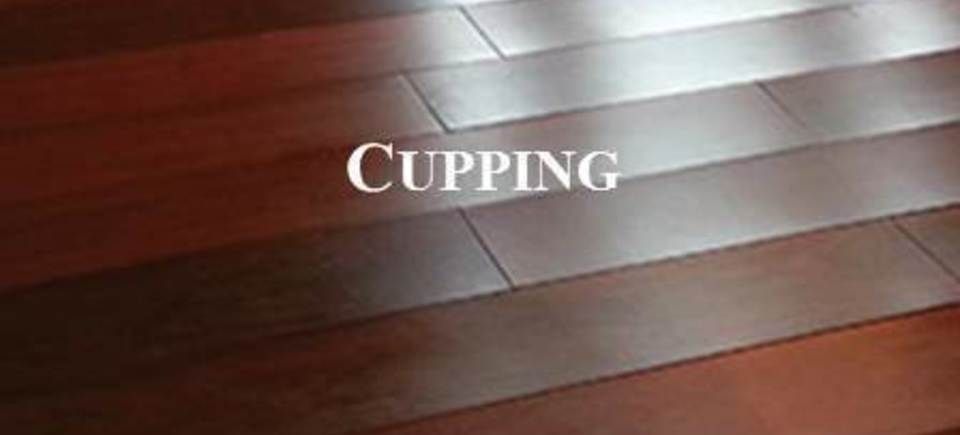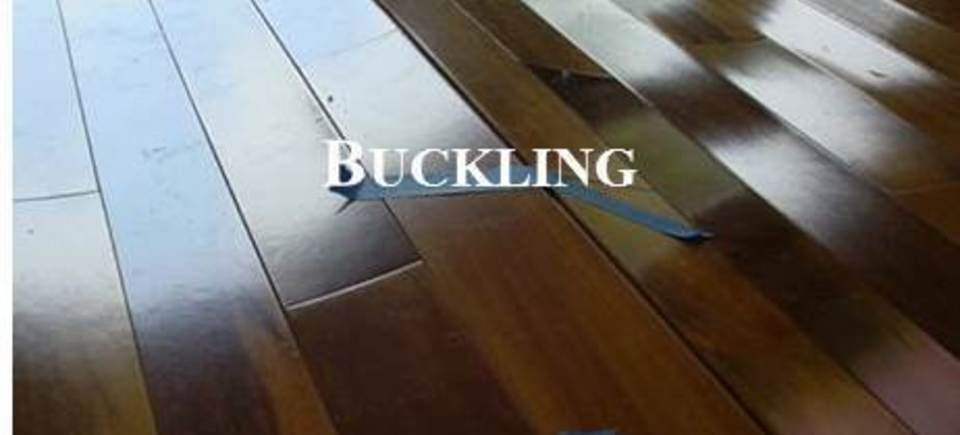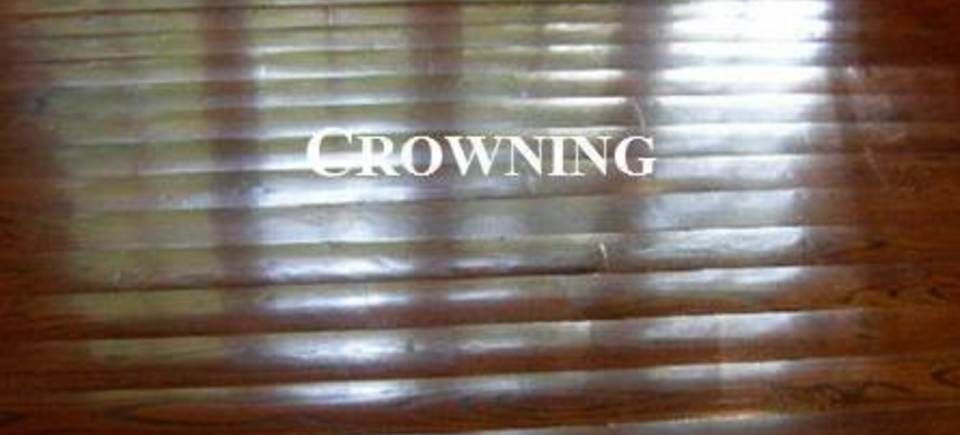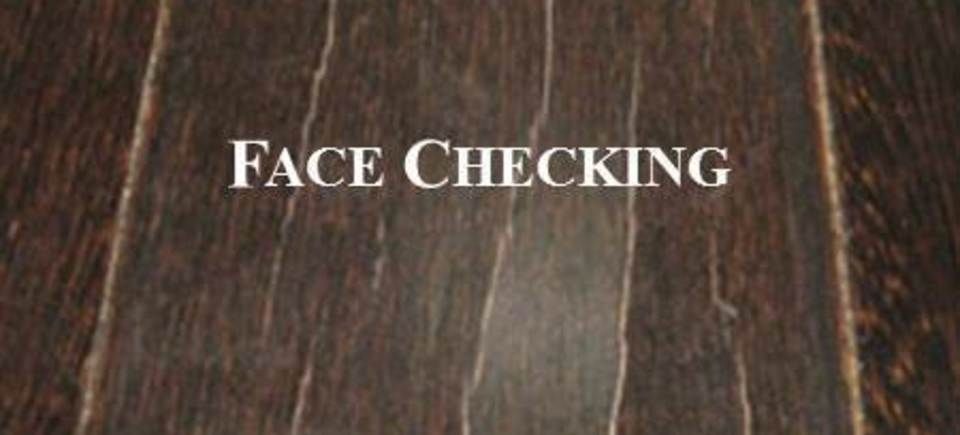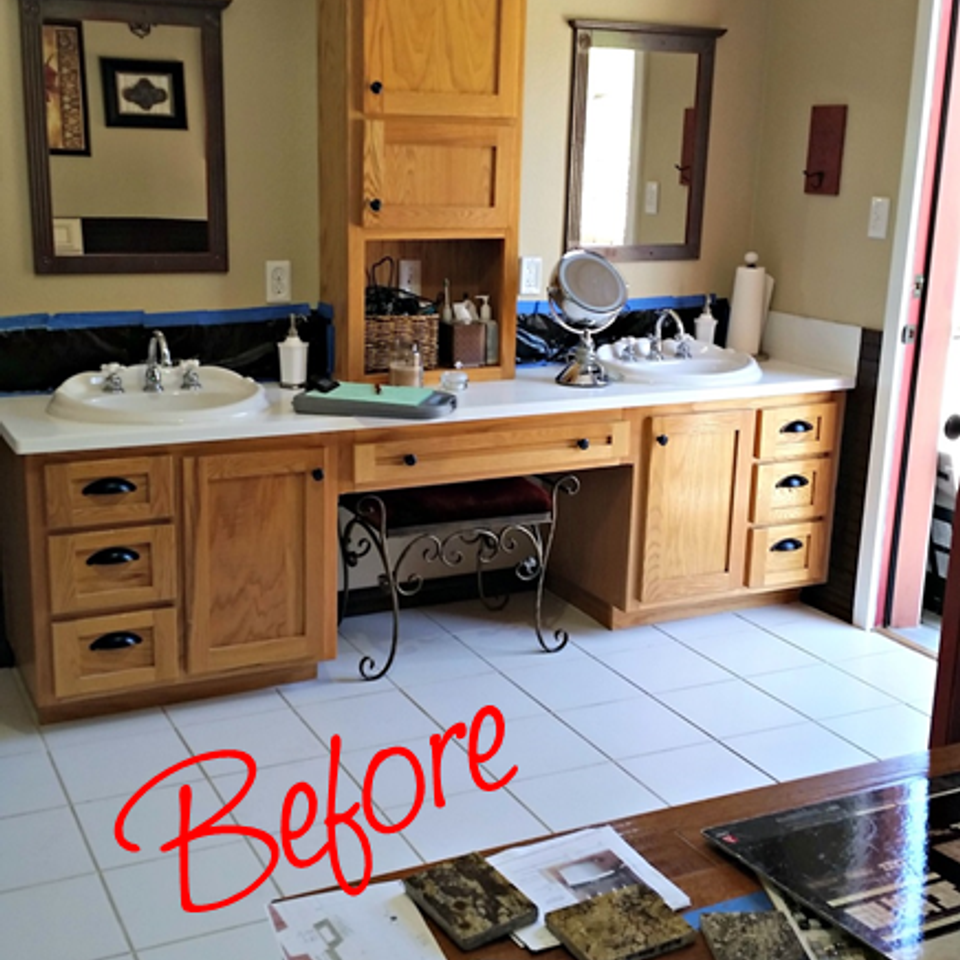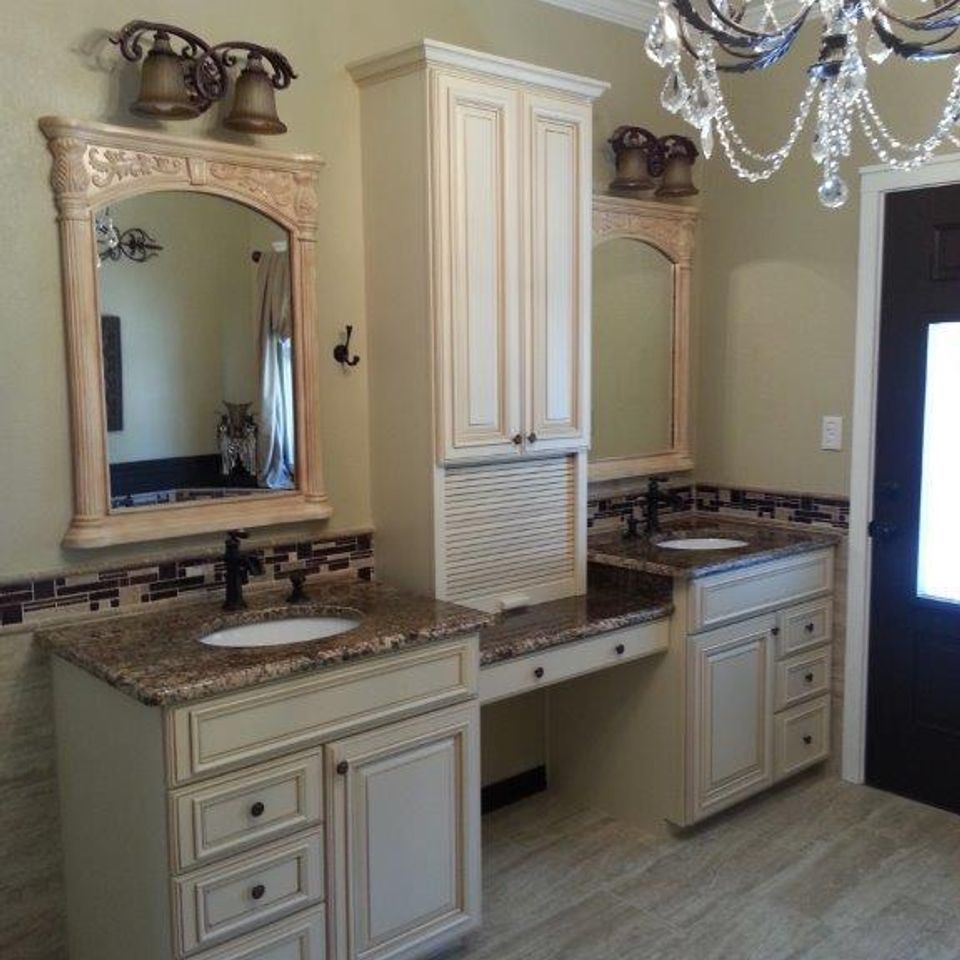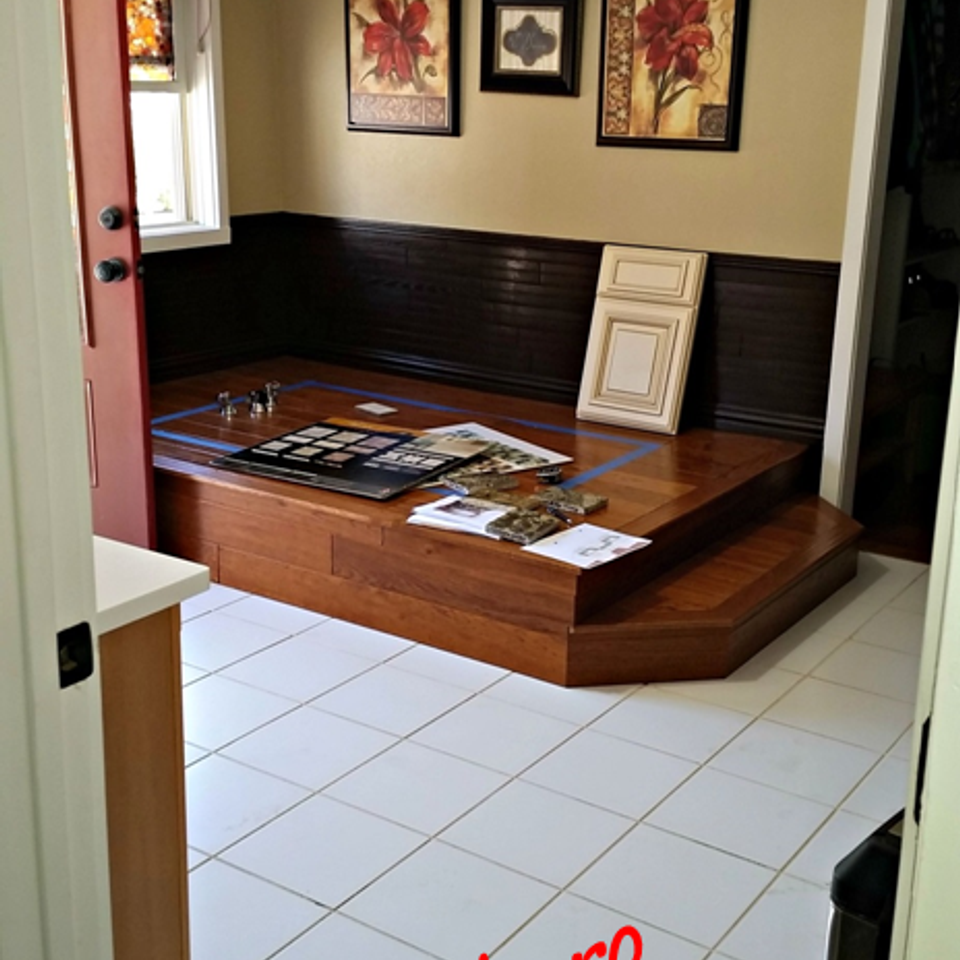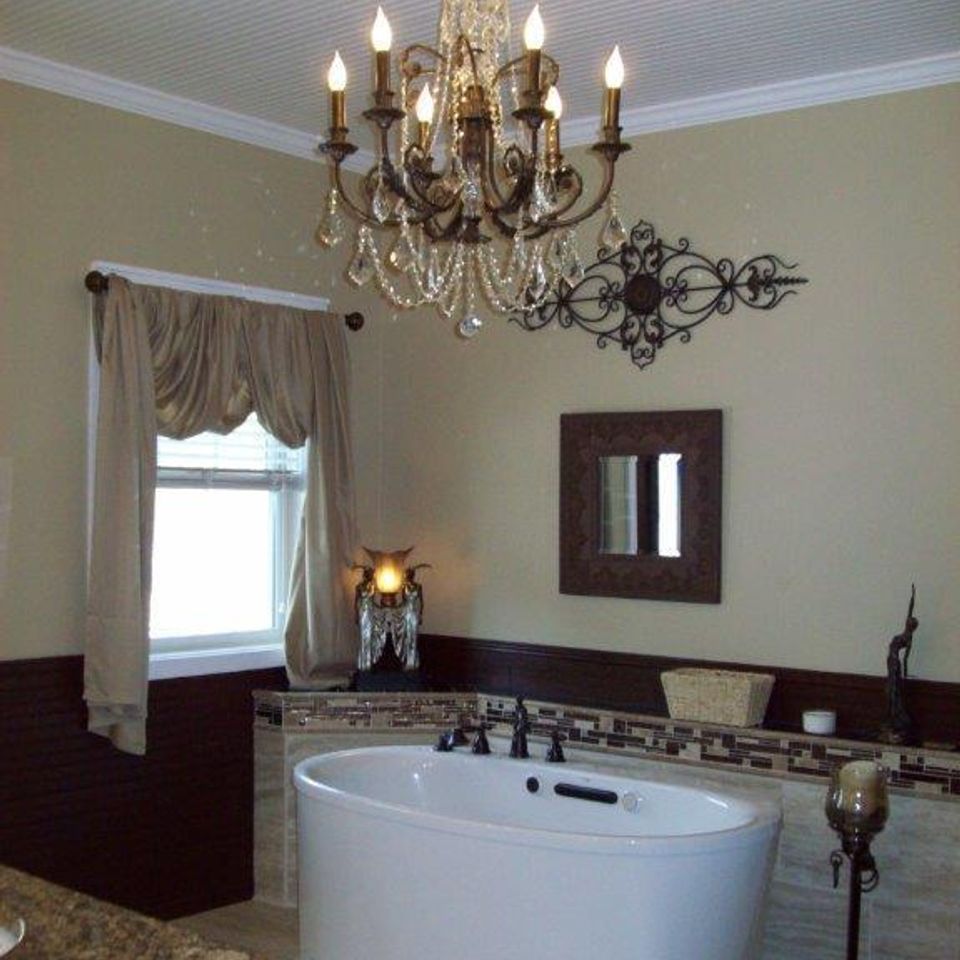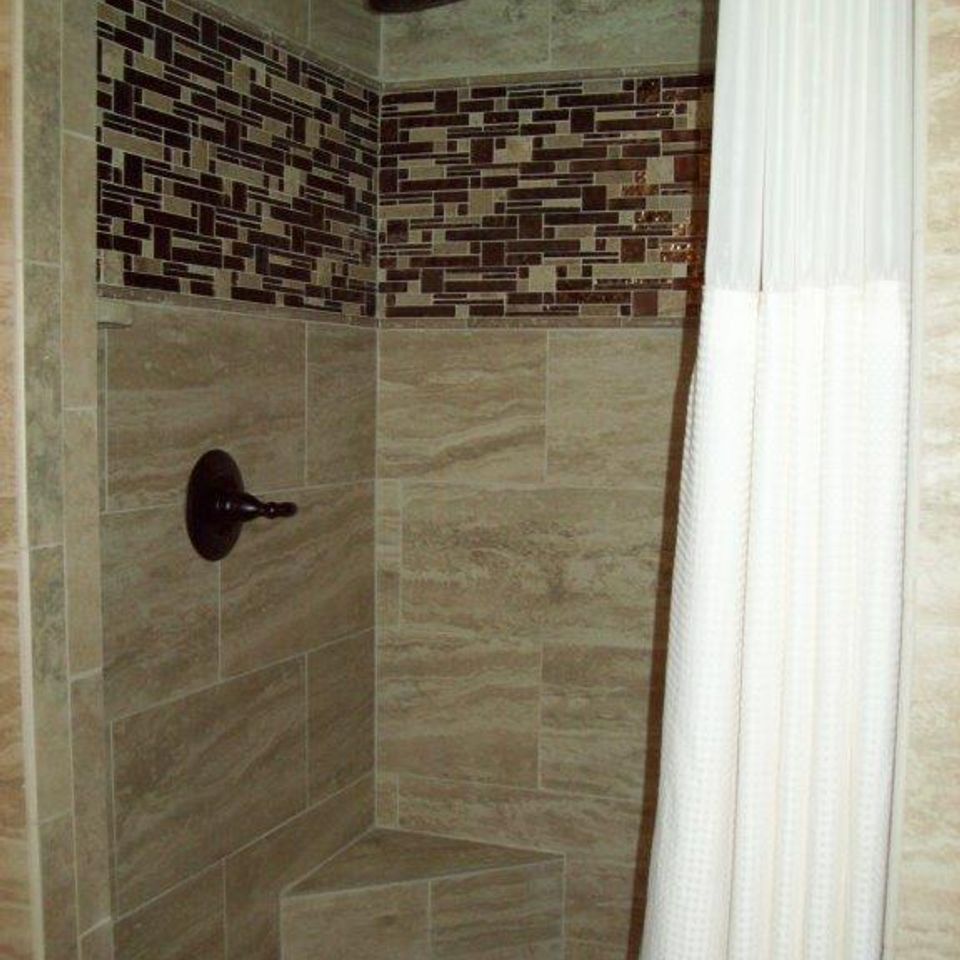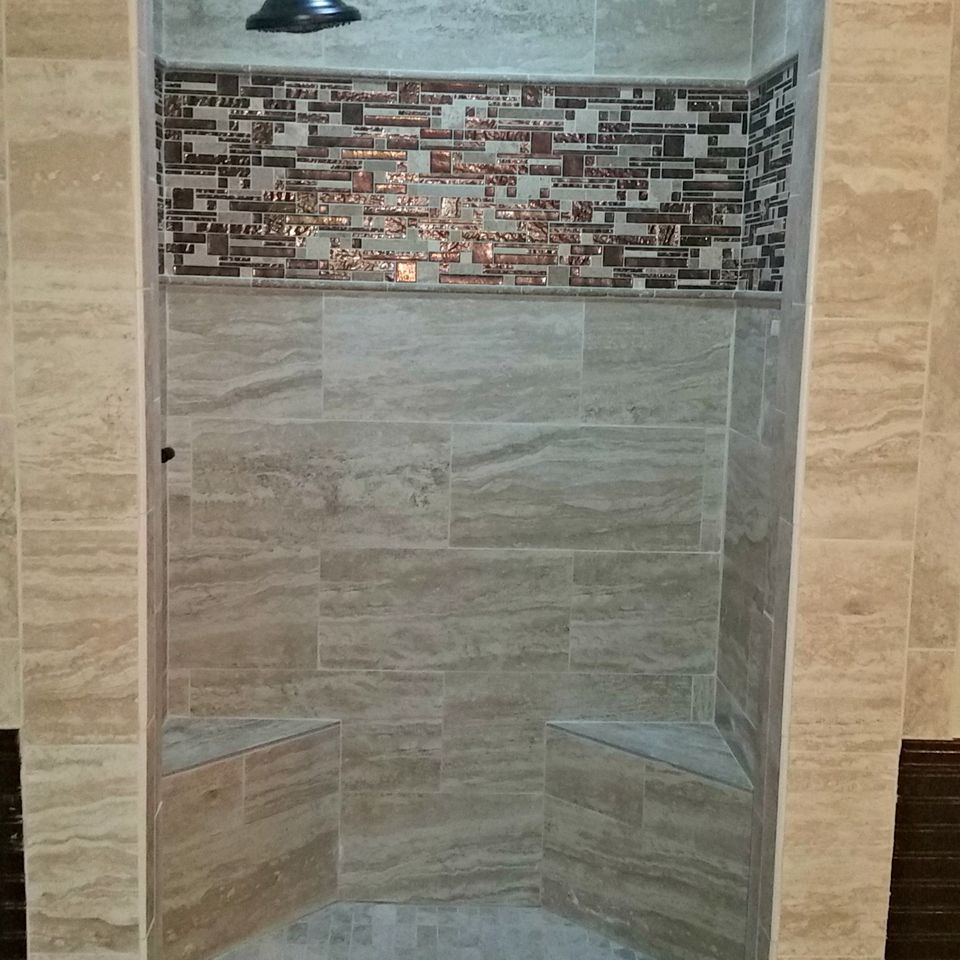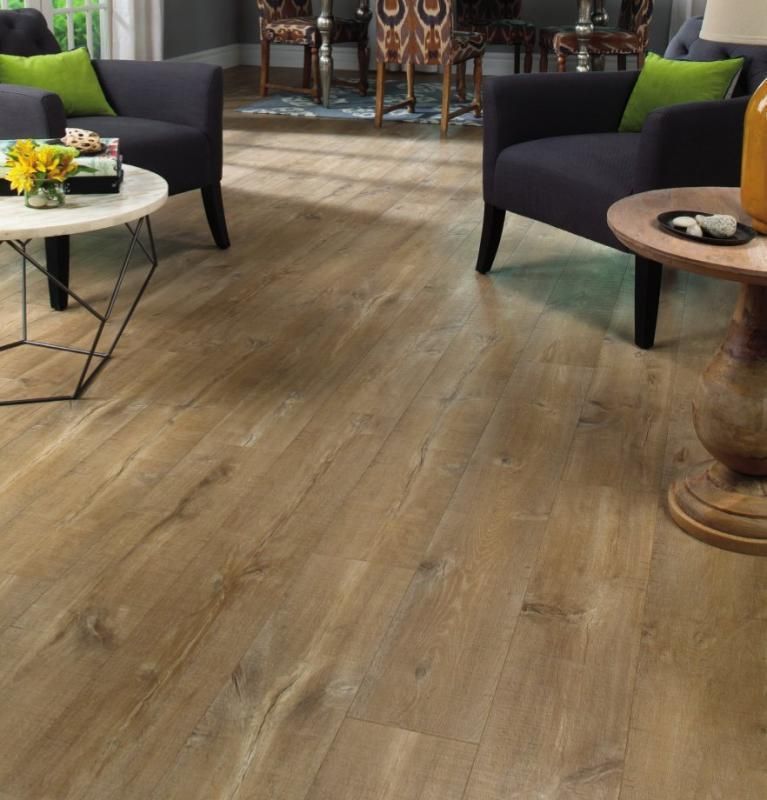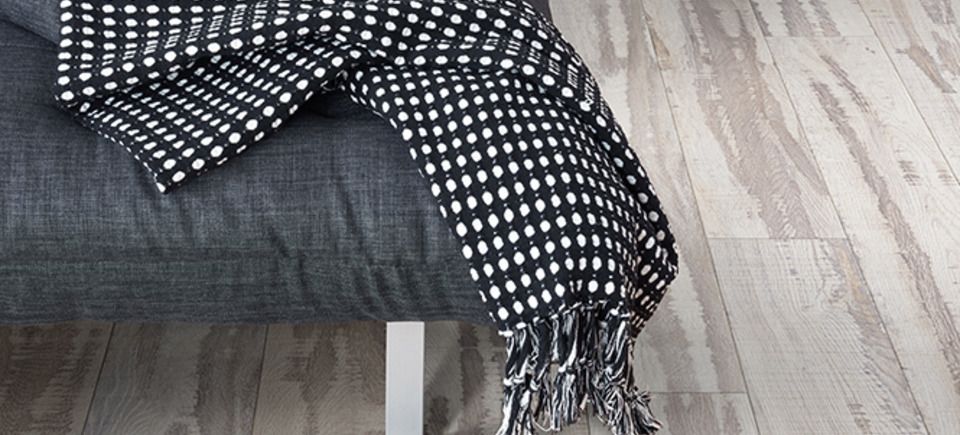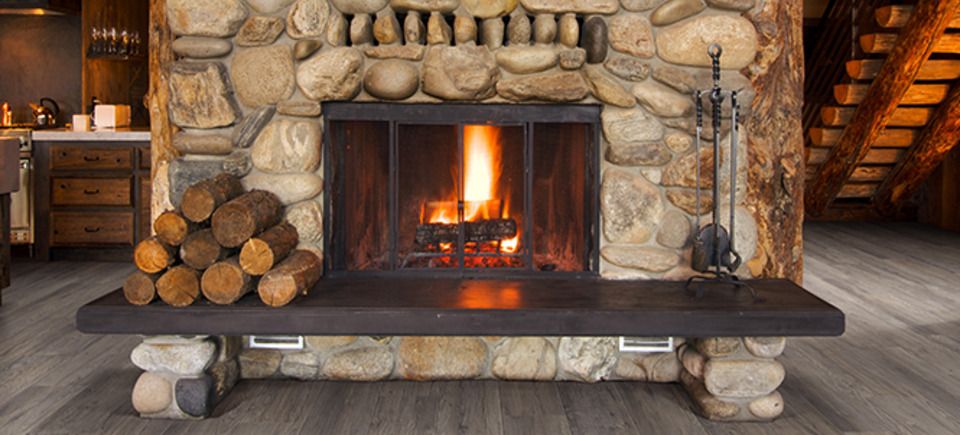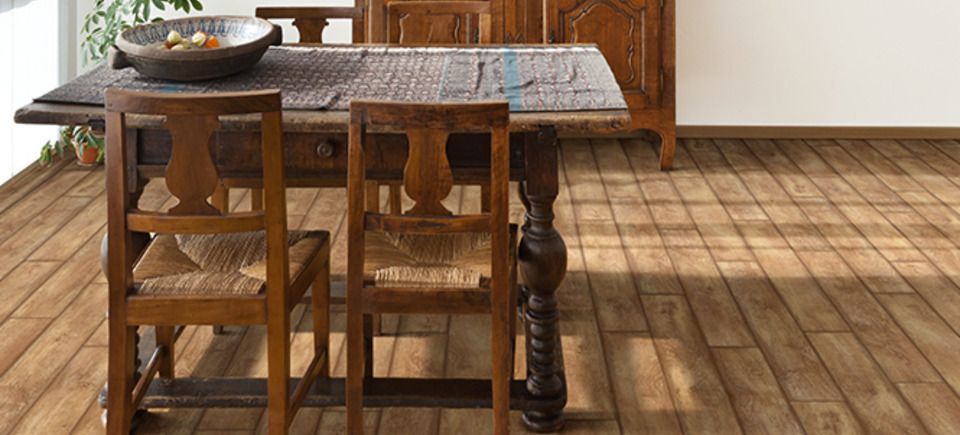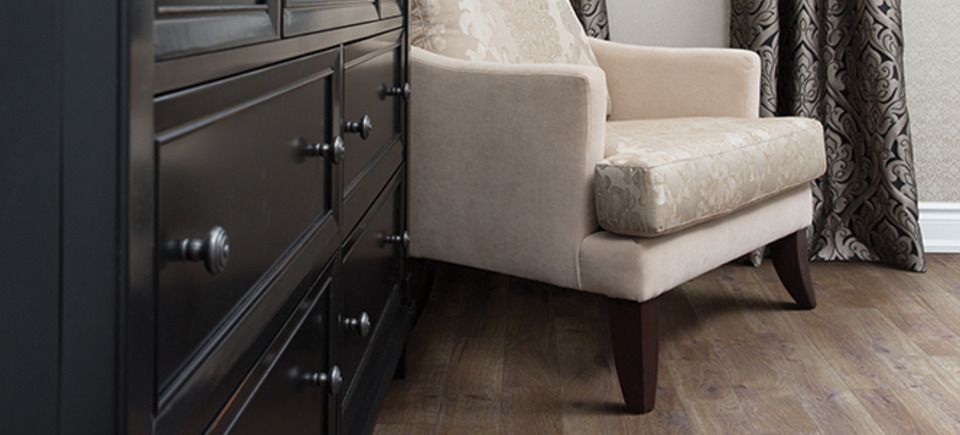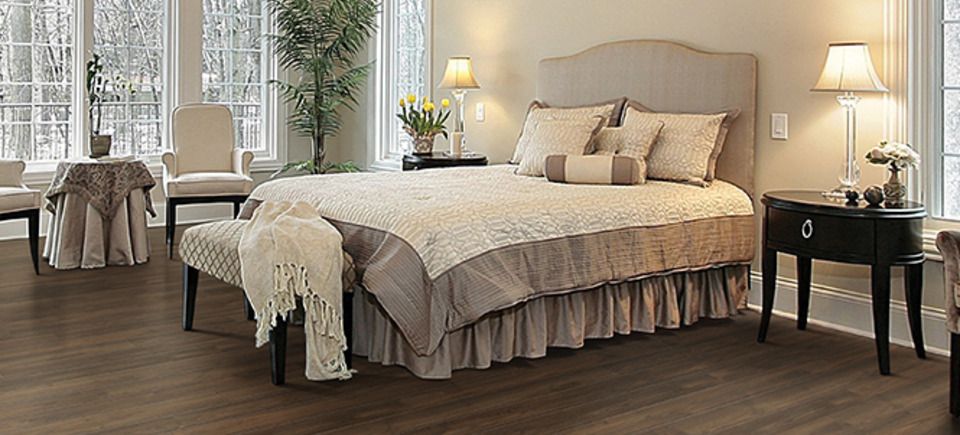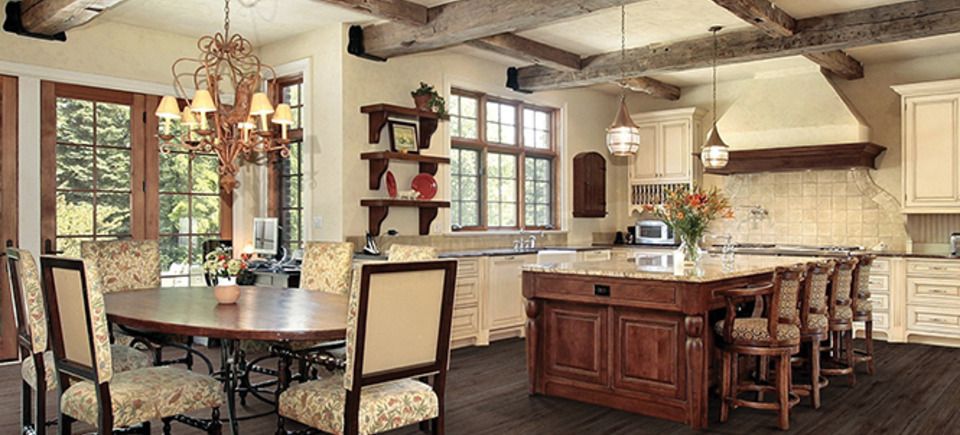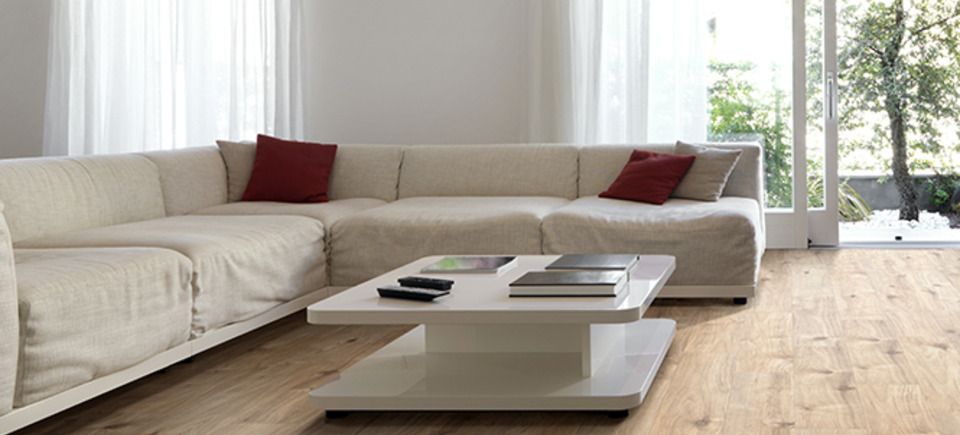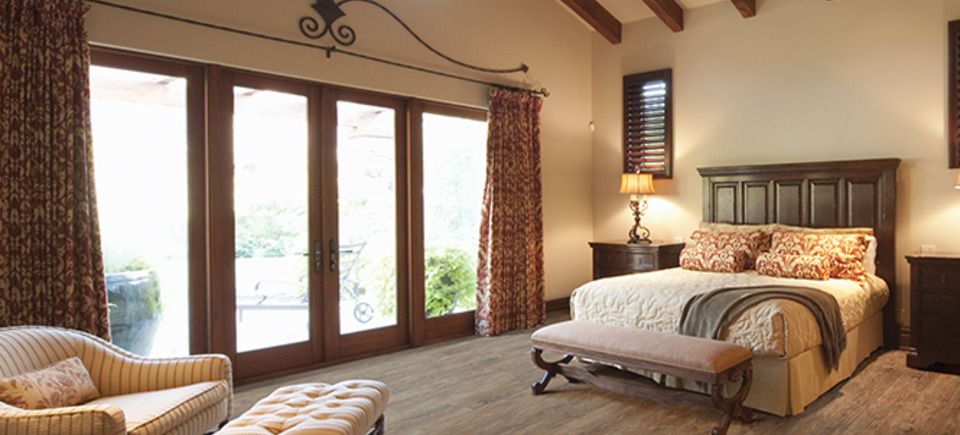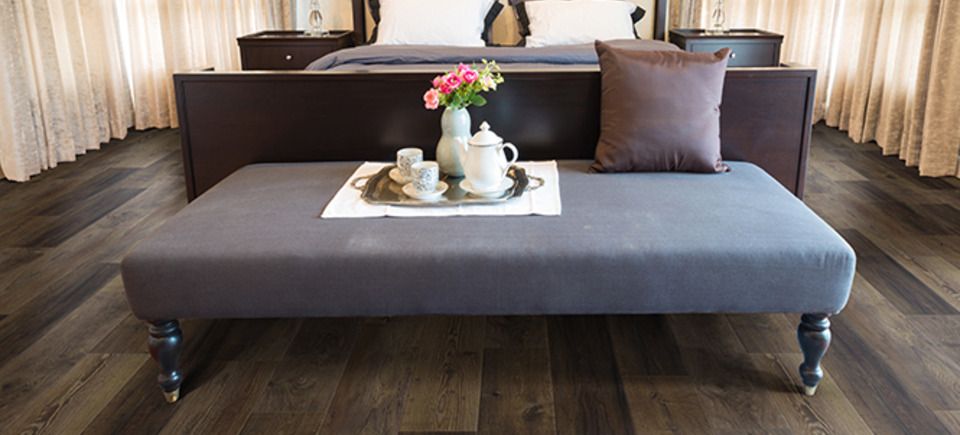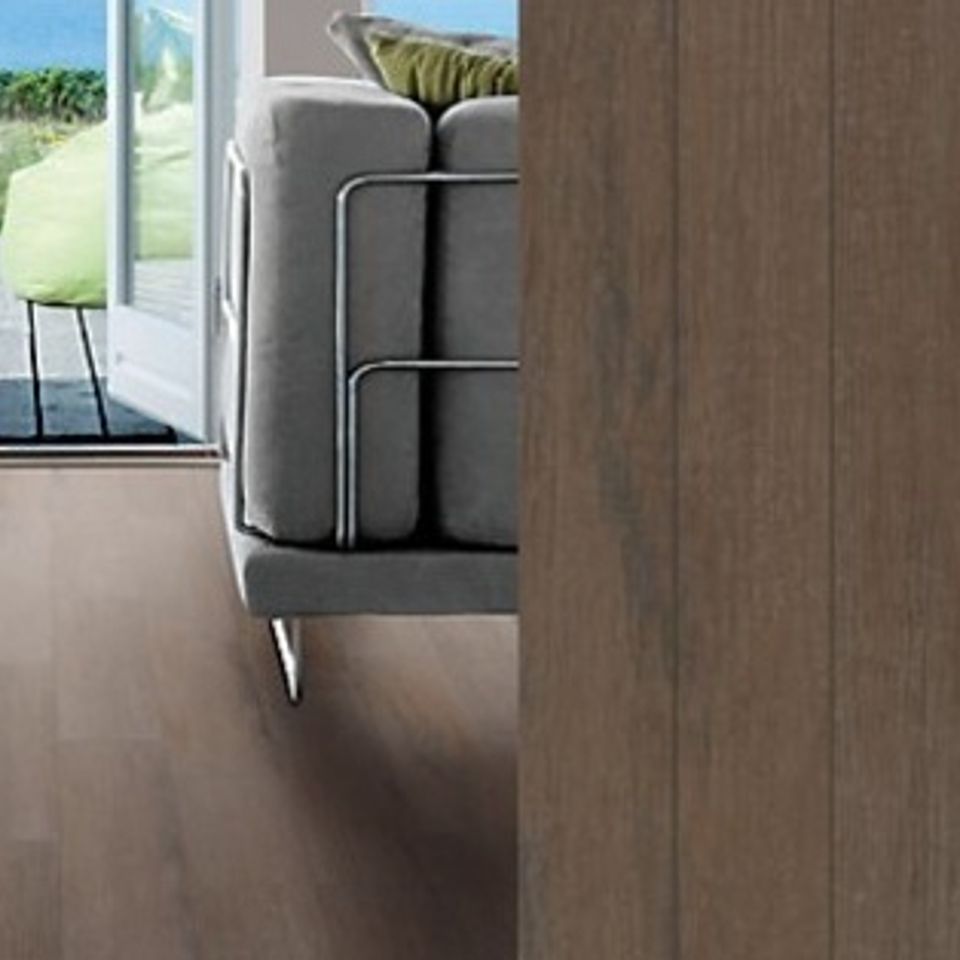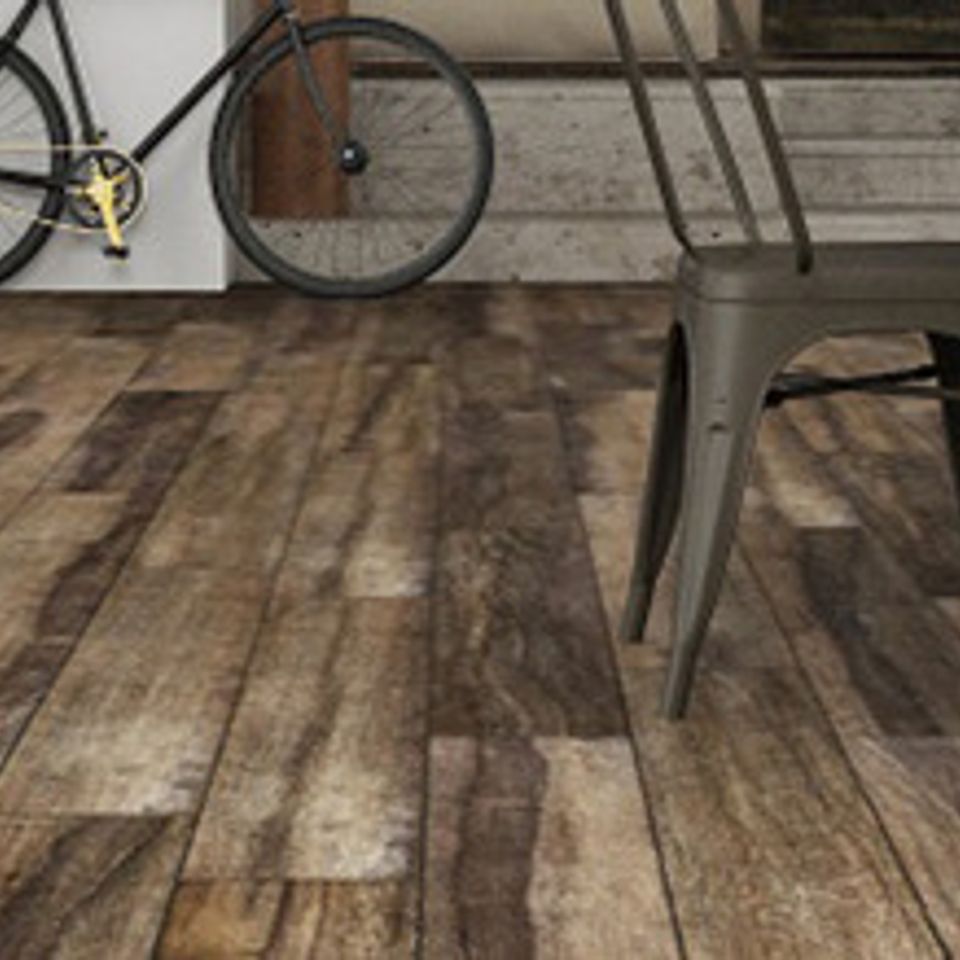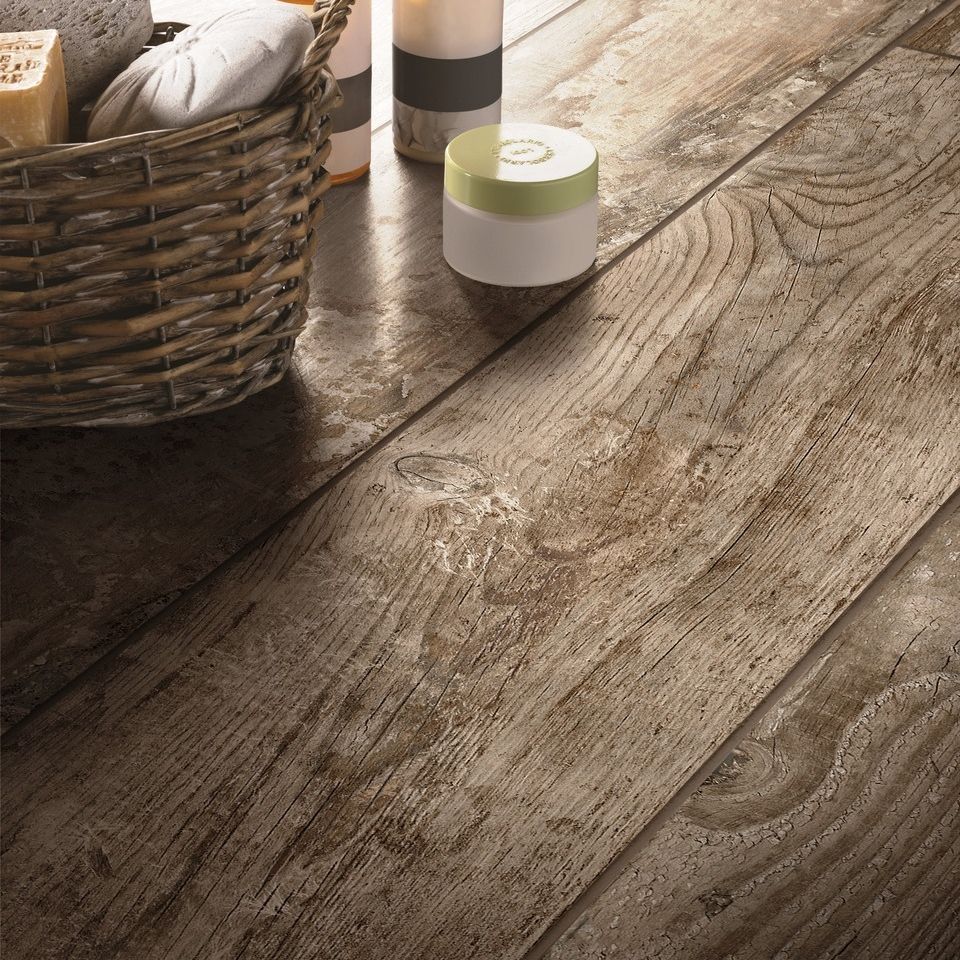Educate Yourself About Wood
Information for you, the consumer, to help us help you make the right flooring choice.
Humidity (Or Lack Of) and Hardwood Flooring: Wood flooring is a natural product that responds to humidity variations by expanding and contracting even though the wood has been dried, cut and processed into flooring. Sometimes these changes may be noticeable. During warm and humid summers wood expands; during dry winter weather hardwood contracts. This seasonal movement is normal for hardwood flooring. The best way to reduce such movement is by installing humidity controls and making sure that they function before flooring is installed.
Wood is a hygroscopic material. This means that when wood is exposed to air, it will dry or pick up moisture until it is in equilibrium with the humidity and temperature of the air. Moisture absorption causes wood to swell. Moisture loss causes wood to shrink. Shrinkage of wood begins at 25-30% moisture content. Swelling occurs as wood increases in moisture content from 0% to 25-30% moisture content. Above 25%-30% wood is dimensionally stable.
Hardwood does not shrink or swell equally in all directions. A change in moisture content of a wood piece from 0% to 28% will increase the size of the piece approximately 0.1% along the length of the board, and 5% to 15% change in size in width of the strip with plain sawn flooring.
New Mexico and the surrounding mountain states are among the most challenging regions for all wood products because of our extremely dry climate. The concerns of relative humidity control have been addressed by all major wood flooring manufacturers and are clearly documented by them and the National Wood Flooring Association. The following are important points to consider:
• It is the responsibility of the homeowner to keep the relative humidity within a constant and acceptable range. Consideration of an appropriate humidification system should be given when a home is designed, or when hardwood flooring is added to an existing home.
• Experts differ slightly on the range they feel is the most appropriate, but a consensus would be between 25% and 40% relative humidity. Any in-home environmental conditions at the low end of, or below, this range will probably result in drying and cracking to some extent of most woods. Without additional humidification, in-home relative humidity can drop below 20% during the heating season because our New Mexico winters are so dry.
• Even if the atmosphere is generally controlled within this range, there will still be some movement as the seasons change and the relative humidity moves up or down.
• Wood is a natural product and its limits must be respected. Because extremely low humidity has such a profound effect on properly manufactured and installed wood flooring, manufacturers do not consider some plank separation or cracking to be defects that would be covered under their warranty.
• Engineered wood flooring is more stable than solid wood flooring and will not shrink or expand as much. However, it is still an all-wood product that will react to swings in humidity.
• Solid wood floors generally will expand and contract more than engineered floors resulting in larger gaps between the flooring boards during dry times of the year.
• Extremely dry conditions (those below 25%) will result in gaps between solid wood planks. The size of the gaps will depend upon the size of the planks. The wider the plank, the wider the gap.
• Extremely dry conditions (those below 25%) will also result in gaps between engineered planks. However, they will not be as wide. Extremely dry conditions may also result in cupping of engineered planks. (Dry cupping is caused when the top of the board is dryer than the bottom.)
• Extremely dry conditions (those below 25%) may also result in cracks and checking in the surface of both engineered and solid planks. These are not considered defects and are not covered under manufacturer’s warranties.
Winter Time: In the winter time when homes are heated and the air is dry, wood flooring gives up some of its moisture and contracts as a result. When this happens, thin gaps can appear between planks. This is normal, and a homeowner should be prepared for it to occur. Once indoor heating is turned off in the spring and humidity levels rise again, most of the gaps will close up.
To avoid these separations, try to control and monitor air humidity levels during the dry season by installing a humidifier in the furnace or bringing a movable humidifier into the room that has good air circulation. Optimal humidity level falls in 40-60% range. As long as humidity does not fall lower than 40%, no gaps at all will appear between the planks. Installing a simple humidity meter will allow you to monitor and control humidity levels in your home all year round.
Summer Time: During warm and humid monsoons when indoor humidity can rise up to 90%, the opposite occurs. Wood absorbs moisture from the air and expands as a result. Even just a few days of exposure to high humidity can cause wood flooring to cup. When a wooden board cups, its edges are higher than its center. Cupping can also happen when spilled water is absorbed by the wood. Once cupping has occurred, it takes a while for the wood to restore its internal moisture and flatten out.
When extensive moisture or humidity causes the wood to expand significantly, adjoining boards start pressing against each other. In extreme cases, this increased pressure can cause the affected boards to lose their structural integrity and crack. To avoid cupping, keep indoor humidity level in your home or job site (prior to hardwood installation) within 40-60% range. Never allow indoor humidity to rise over 65%. Maintain optimal humidity levels by keeping air conditioner or dehumidifier running during hot humid summer weather.
Wood Flooring Expansion and Contraction: Unlike many floor coverings, wood floors can last the lifetime of the building in which they are installed. Home owners who want them to last that long, however, should note the number one enemy of a hardwood floor: moisture. Wood floors naturally expand when moisture is present and shrink when it is not. Whether the reactions are a problem or not depends on the severity of the situation. Following are some of the common results when water and wood floors combine.
Cracks Between Boards (Gapping): Almost every wood floor endures some expansion and contraction as seasons and humidity levels change. When homes are heated, humidity levels plummet, boards shrink and spaces appear between the boards. In dry months, cracks can easily develop to the thickness of a dime on a typical solid 2¼ inch oak floor, with light-colored woods making the cracks appear larger. Plank floors also will show cracks more. These spaces are to be expected and usually close up as the season changes and moisture returns to the air. To reduce the degree of change, home owners can add moisture to the air during the dry months, ideally by installing a humidifier in the furnace.
Cupping: As with cracks between boards, both cupping and crowning are natural reactions to moisture and should not be a concern if they occur only to a minor extent. More severe cases, however, indicate a serious moisture problem.
“Cupping” describes a condition in which the edges of a board are high and its center is lower. Humidity is usually the culprit, although cupping also can happen after water has been spilled onto the floor and absorbed into the wood. The moisture causes the wood to swell, crushing the boards together and deforming them at the edges. In order to repair the floor, the cause of the moisture must be identified. Most often, indoor humidity will have to be controlled. Other causes could include situations such as a plumbing leak, which can allow moisture to migrate up into the subfloor and flooring.
Once the cause of the moisture is controlled, cupping usually can be reversed. Oftentimes the floor cupping may naturally dry out and improve over time. Fans may be necessary to speed the drying process.
Buckling: Buckling is one of the most extreme reactions to moisture that can occur with a hardwood floor. It happens when the floor literally pulls away from the subfloor, up to heights as high as several inches. Fortunately, buckling is an uncommon occurrence, usually happening only after a floor has been flooded. Even in such cases, it is possible that a floor can be repaired instead of being totally replaced.
Crowning: “Crowning” is the opposite of cupping. Crowning is when the center of the pieces of flooring appears to be higher than the edges. Although it is possible that excess moisture could be the culprit, it is usually that the floor previously cupped and was sanded before the moisture content had a chance to return to normal levels. Sanding too quickly removed the raised edges. When the boards eventually dried, their edges where actually lower than the center. Excessive drying from underneath can also create a moisture imbalance that results in crowning.
Face Checking: Long cracks in the veneer that run along the length of the board in engineered flooring. As the veneer dries, it is held in place by the glue and fractures as it shrinks. It typically occurs when flooring is manufactured at a higher moisture content and installed where it will be exposed to much lower relative humidity (RH). Correct the humidity levels and follow appropriate maintenance procedures. Fill gaps as necessary and sand, fill, and refinish the floor if necessary (this may not always restore the original look of the floor). In some cases, certain boards (or possibly the entire floor) may need to be replaced.
Preventing Moisture Problems: Controlling humidity is the most important factor in preventing problems with moisture and your wood floor. The correct maintenance also will go a long way in avoiding problems. Among the key points:
• Clean your wood floor with a cloth lightly dampened by a recommended cleaning product, using the manufacturer’s directions for use. It is best to buy a “floor care kit” recommended by your wood floor installer or retailer.
• Do not clean your wood floors with water or water-based products on a regular schedule — clean only when necessary and clean only the soiled areas.
• Never damp mop a wood floor. The water deteriorates the wood and the finish.
• Never let a water spill dry on the floor.
Moisture and Exotic Wood Species: Flooring manufactured from exotic wood species is more demanding than flooring made from domestic woods. For this reason, a set of additional requirements has to be met when installing and maintaining an exotic hardwood floor. Indoor air humidity level must be in the range of 50-70%, and air temperature should be kept in the range of 65°F – 75°F. In order to meet these requirements, use an air humidifier during the dry season, and use an air conditioner to maintain acceptable humidity during humid summers.

